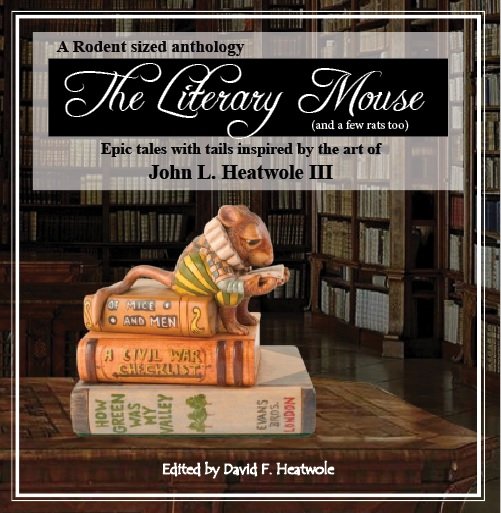The Once and Future King

This thought-provoking wood carving by John L. Heatwole, titled “The Once and Future King,” presents an allegorical scene depicting the passing of wisdom and experience across generations. The intricate carving features two figures engaged in a game of checkers, symbolizing the intellectual exchange and strategic thinking involved.
The older figure, with his weathered features and wise expression, represents the accumulation of knowledge and life experiences. The younger figure, with a more youthful and inquisitive demeanor, represents the potential and future generations seeking guidance and understanding.
The game board between them serves as a metaphorical platform for the transfer of knowledge, where the older figure imparts their hard-earned wisdom and strategic thinking to the younger one. The contrast between their appearances and postures highlights the generational gap, yet their engagement in the game suggests a shared pursuit of intellectual growth and the timeless nature of learning.
The carving’s title, “The Once and Future King,” further reinforces the cyclical nature of knowledge transmission, implying that the young figure may one day assume the role of the wise elder, perpetuating the cycle of learning and teaching.
Overall, this intricate wood carving by John L. Heatwole presents a thought-provoking allegory about the importance of intergenerational exchange, the preservation of wisdom, and the continuity of intellectual pursuits across generations.
The woodcarver’s son, David, remembers playing checkers on the living room or bedroom floor with his father when he was in elementary school until his father could no longer defeat him. Later in middle school, he would play chess with his father in the kitchen of the house he grew up in, located in Bridgewater, Virginia. He remembers a day when his father could no longer overcome him. It was both a joyful and a heartbreaking reality for his father.



No comment yet, add your voice below!